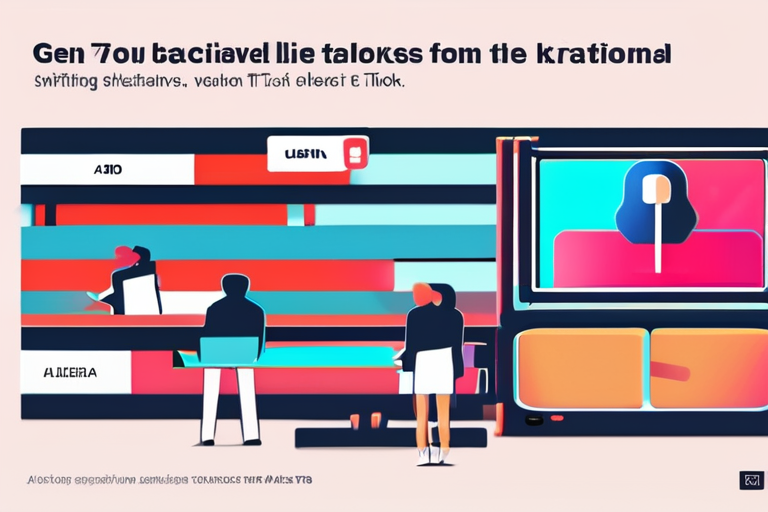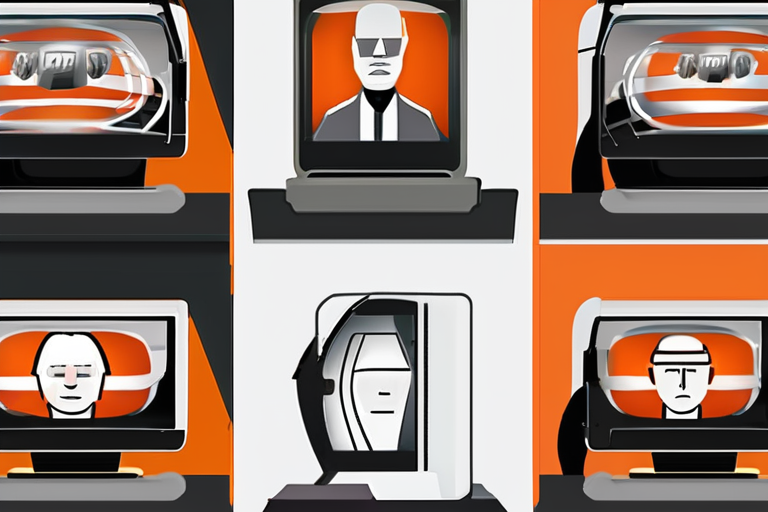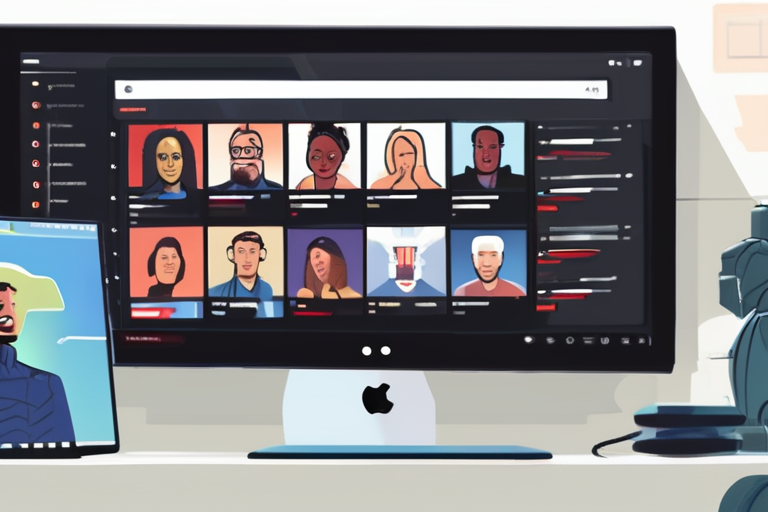Shares of traditional television and paid streaming services may be experiencing a decline in popularity, as a recent study has found that 43% of Gen Z prefer YouTube and TikTok for their media and news consumption. According to Activate Consulting's Technology Media Outlook 2026, unveiled by CEO Michael Wolf at the WSJ Tech Live event on Wednesday, this shift in preference is a significant trend in the entertainment industry.
The study revealed that 28 million U.S. adults, with 52% of them aged 18-34, are reportedly watching microdramas, a new form of content on YouTube and TikTok that consists of 1-2 minute scripted episodes of an ongoing storyline. This trend is gaining momentum, with many creators and viewers embracing the short-form format as a refreshing alternative to traditional television shows and movies.
Michael Wolf, CEO of Activate Consulting, attributed the shift in preference to the changing media habits of Gen Z. "Younger generations are increasingly turning to social media platforms for entertainment and news, and YouTube and TikTok are at the forefront of this trend," Wolf said. "The rise of microdramas is a testament to the creativity and adaptability of content creators in response to changing viewer preferences."
The popularity of YouTube and TikTok among Gen Z is not surprising, given the platforms' emphasis on community engagement, user-generated content, and short-form storytelling. According to the study, 71% of Gen Z respondents prefer watching videos on YouTube and TikTok because of their ease of use and accessibility on mobile devices.
The rise of microdramas has also sparked interest among traditional television networks and streaming services, which are now exploring ways to incorporate short-form content into their offerings. "We're seeing a lot of interest in short-form content from our partners, and we're excited to explore new formats and collaborations," said a spokesperson for a major streaming service.
The shift in media consumption habits among Gen Z is a significant trend that is likely to have far-reaching implications for the entertainment industry. As more viewers turn to YouTube and TikTok for their entertainment needs, traditional television and paid streaming services will need to adapt to stay relevant.
The study's findings have sparked a lively debate among industry experts and creators, with some arguing that the rise of microdramas is a sign of a larger shift towards more agile and flexible content creation. "The traditional model of television production is no longer sustainable, and microdramas are a reflection of that," said a prominent creator of microdramas. "We're seeing a new era of content creation that is more responsive to viewer preferences and more focused on community engagement."
As the entertainment industry continues to evolve, it remains to be seen how traditional television and paid streaming services will adapt to the changing media habits of Gen Z. One thing is certain, however: the rise of microdramas and the popularity of YouTube and TikTok are a testament to the power of innovation and creativity in the entertainment industry.



























Share & Engage Share
Share this article